
Simcha Rotem, who was among the last known fighters from the 1943 Warsaw Ghetto uprising, died Dec. 22 in Jerusalem after a long illness. He was 94.
Rotem, whose underground nickname was “Kazik,” helped save the uprising’s last survivors, smuggling them out of the ghetto through sewage tunnels. The Jewish fighters fought for nearly a month, managing to kill, according to German records, 16 Nazis — there may have been many more — and wound nearly 100, the Los Angeles Times reported.
“This is a loss of a special character since Kazik was a real fighter, in the true sense of the word,” Avner Shalev, chairman of the Yad Vashem Holocaust memorial in Jerusalem, was quoted in the Times. “The challenge for all of us now is to continue giving meaning to remembrance without exemplary figures like Kazik.”
Rotem was born Feb. 24, 1924, in Warsaw as Kazik Ratajzer. As a teenager, he was involved in the Zionist youth movement. His brother and his grandparents were killed in the German bombing, and his mother and he were wounded in early September 1939 as the Germans invaded Poland.
Ghettoized in 1940, he struggled to survive amid squalor, hunger and disease. One in 10 died in 1941 from malnutrition and epidemics. In early 1942, food and heating fuel became scarcer.
The Treblinka death camp, situated along the Warsaw-to-Bialystok railroad line, opened on July 22, 1942, and from July 23 to Sept. 21, 265,000 Jews were deported to Treblinka. More than 99 out of 100 were killed upon arrival. Jews were sent to the Umshlagpatz, the deportation point, and from there to their death. There was no armed resistance.
Rotem joined the ZOB, composed of Zionists and Bundists, and was assigned to be a courier traveling from the ghetto to the Aryan side, smuggling arms and information, and in doing so, mastered the sewer system pathways.
“This is a loss of a special character since Kazik was a real fighter, in the true sense of the word.” — Avner Shalev
Jews fielded two resistance groups during the ghetto uprising. They were divided politically between right-wing revisionist Zionists and left-wing Zionists and Bundists. The ZOB decided to fight to the death, which began on April 19, 1943.
On the first day of fighting, the Germans met the uprising in full force. After several days of fighting, the Jewish resistance fighters turned to Rotem as a leader. Some believed whoever was familiar with the sewer system became essential.
Rotem returned to the ghetto, once the home of almost 400,000 Jews, believing he was the last Jew alive. Prepared to die, he met about 80 of the fighters.
Rebels took to the sewers with Rotem as their guide. The Nazis decided to burn the ghetto block by block, and when they learned that some Jews had escaped through the sewers, they welded close the sewer covers, threw gas into the sewers or flooded them. With time running out, survival hinged on Rotem, just 19 years old. He knew he couldn’t wait for everyone, and had to choose who would live and who would almost certainly die.
Antek Zuckerman, the highest-ranking commander of the Warsaw Ghetto uprising, survived, as did Zivia Lubetkin, who became Rotem’s wife, and who with him eventually helped found the Warsaw Ghetto Fighters’ Kibbutz and the museum. Marek Edelman, who remained in Poland and became a cardiologist and a leader of the Solidarity movement, also survived.
Rotem later joined the Bricha movement, the effort to bring Jews across the Polish border into American-occupied Germany after the war. As a result of Bricha, thousands of Jews became citizens of Israel and the United States, rather than having to live behind the Iron Curtain.
Rotem’s parents and one of his sisters survived the war in hiding. He immigrated to Palestine in 1946.
In Israel, he became a supermarket executive; his deeds during the war remained relatively unknown until director Claude Lanzmann filmed him for the documentary “Shoah” (1985).
Michael Berenbaum is director of the Sigi Ziering Institute and a professor of Jewish Studies at American Jewish University.








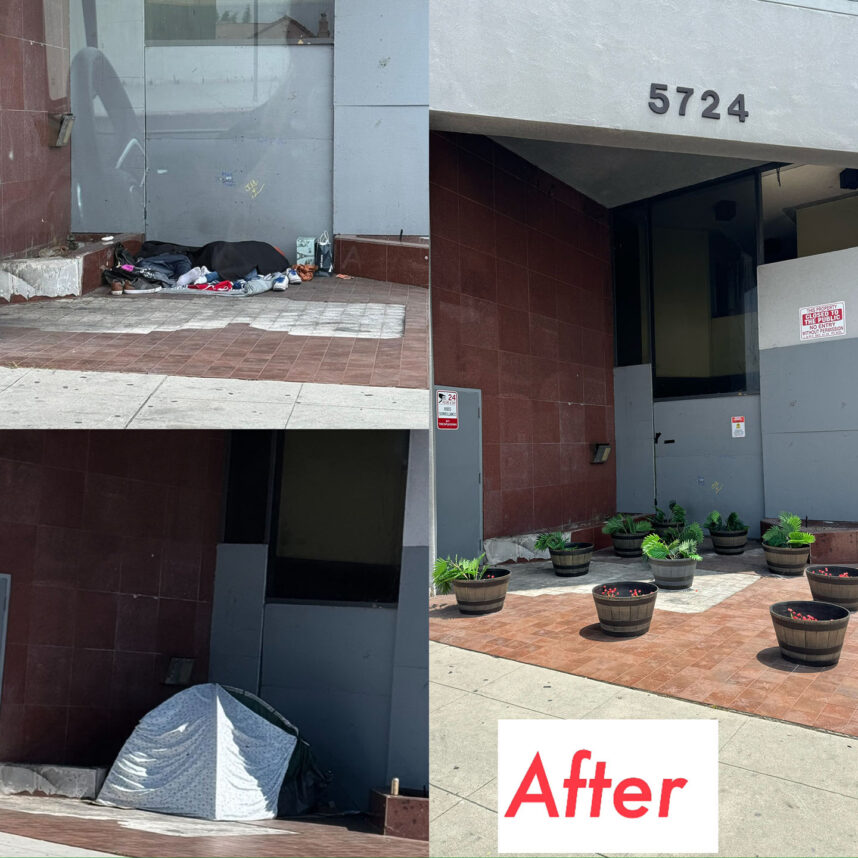
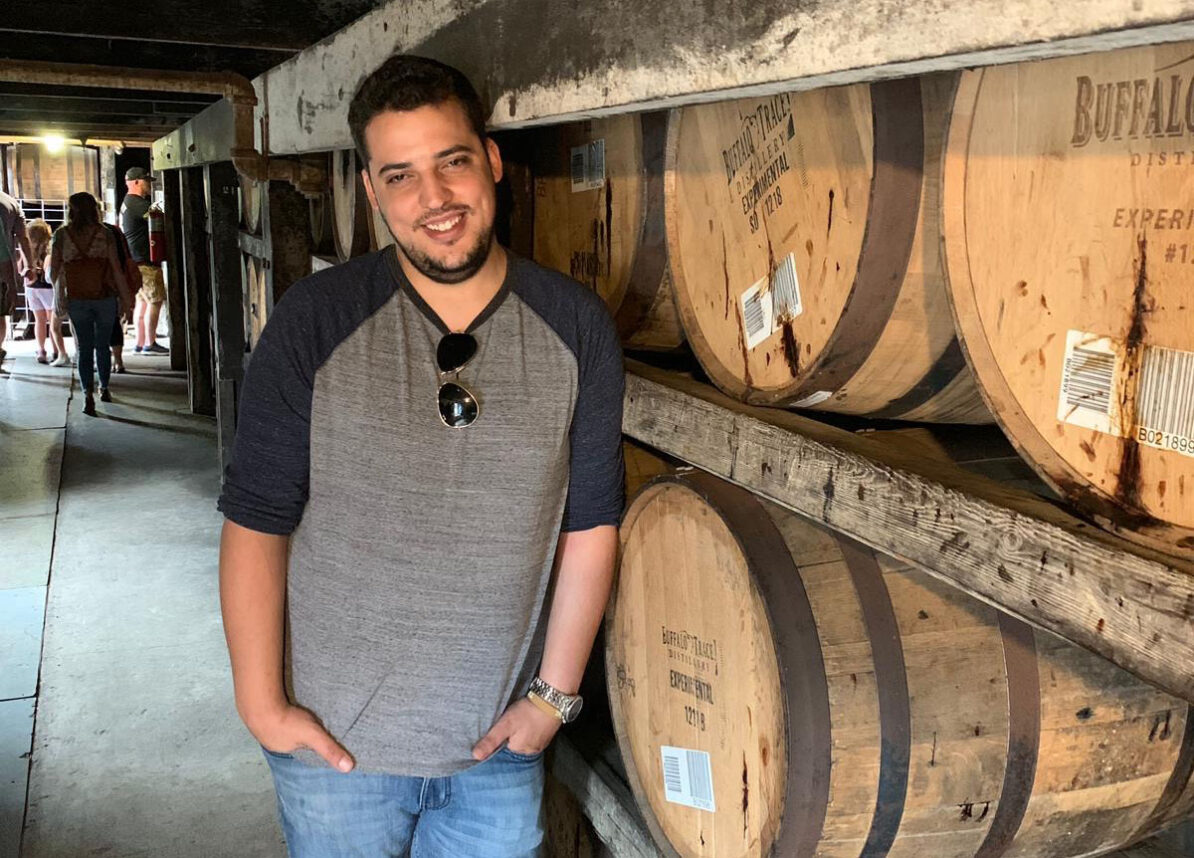
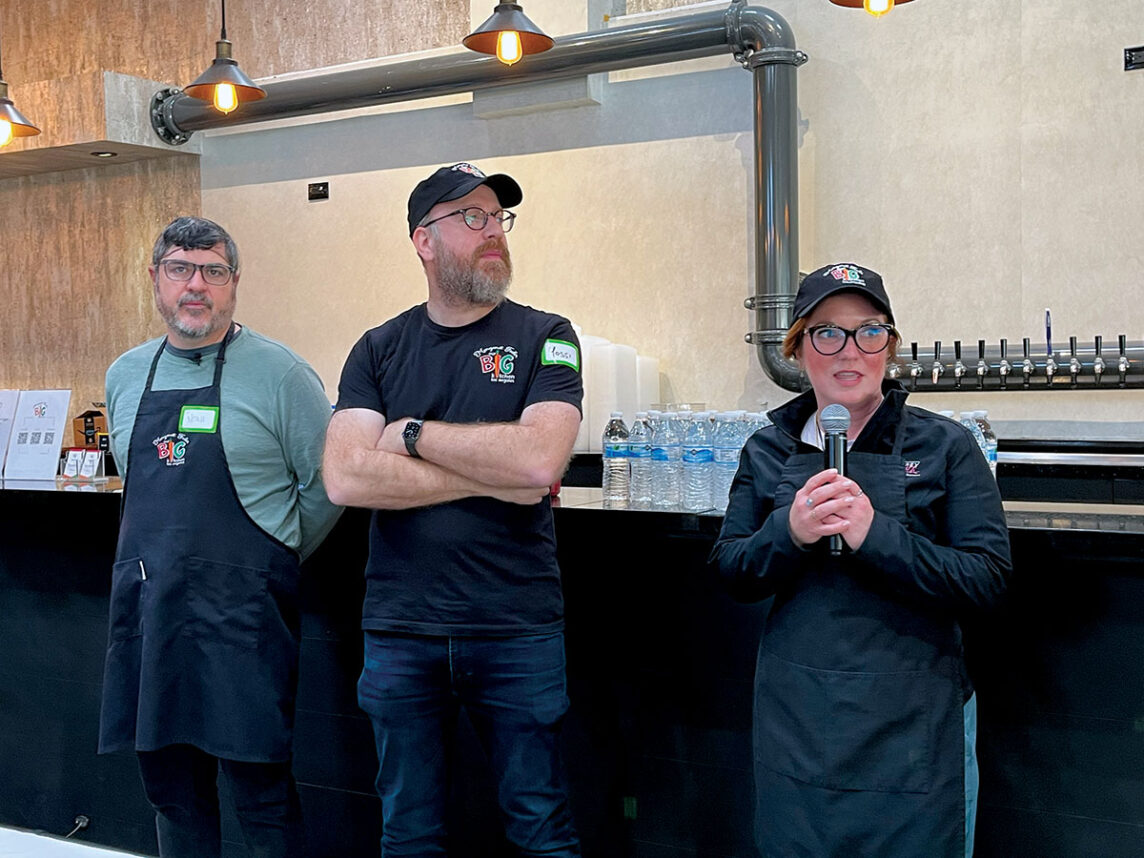

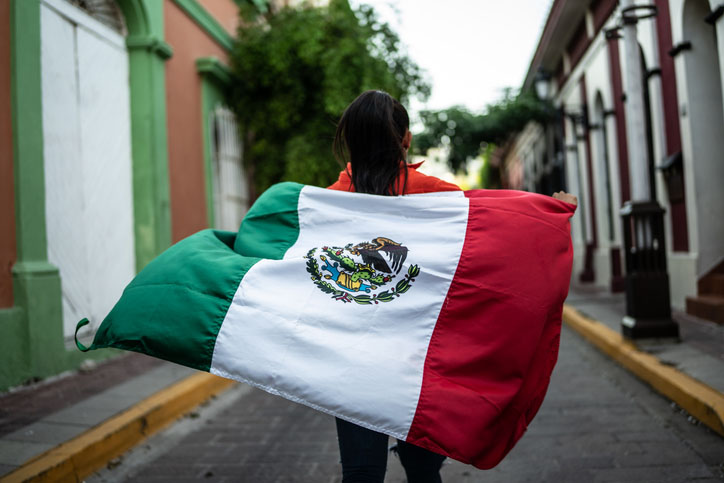



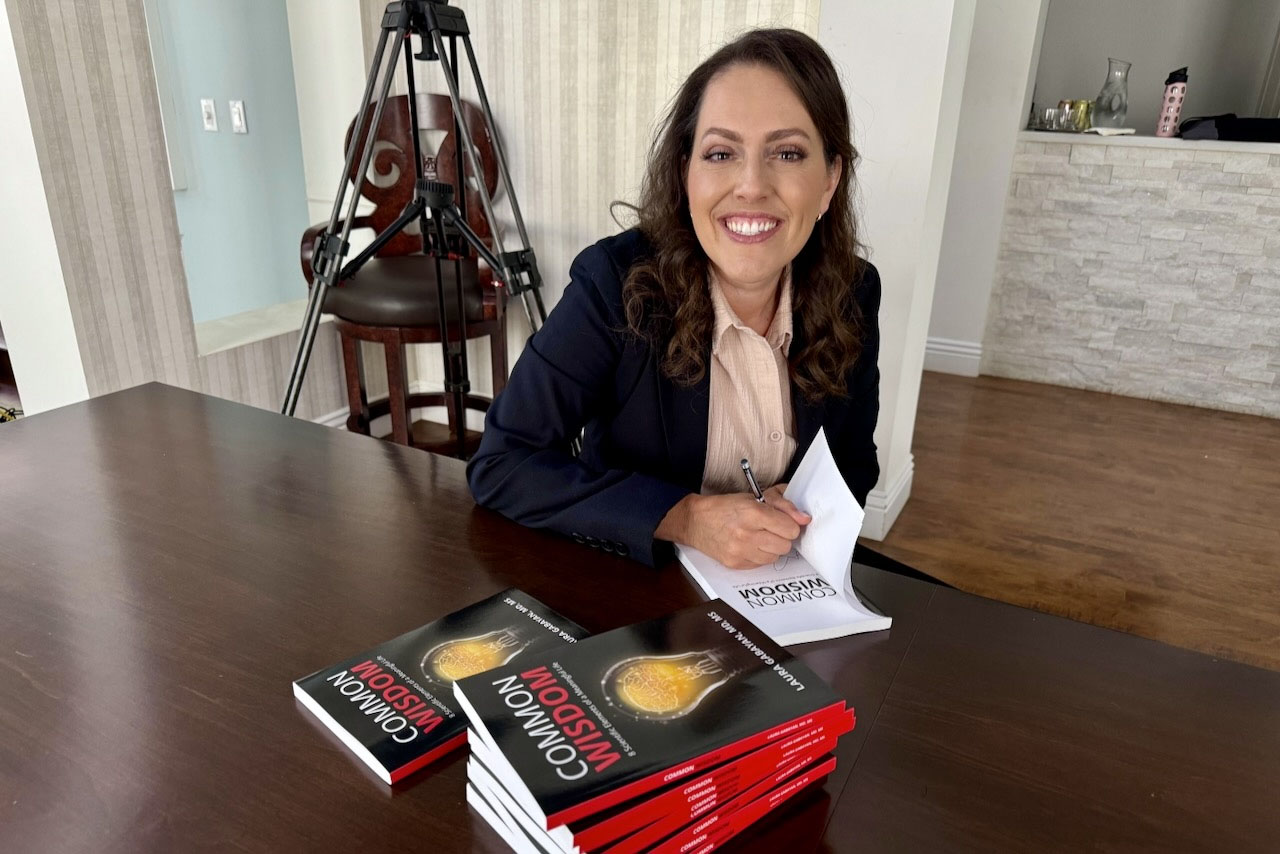




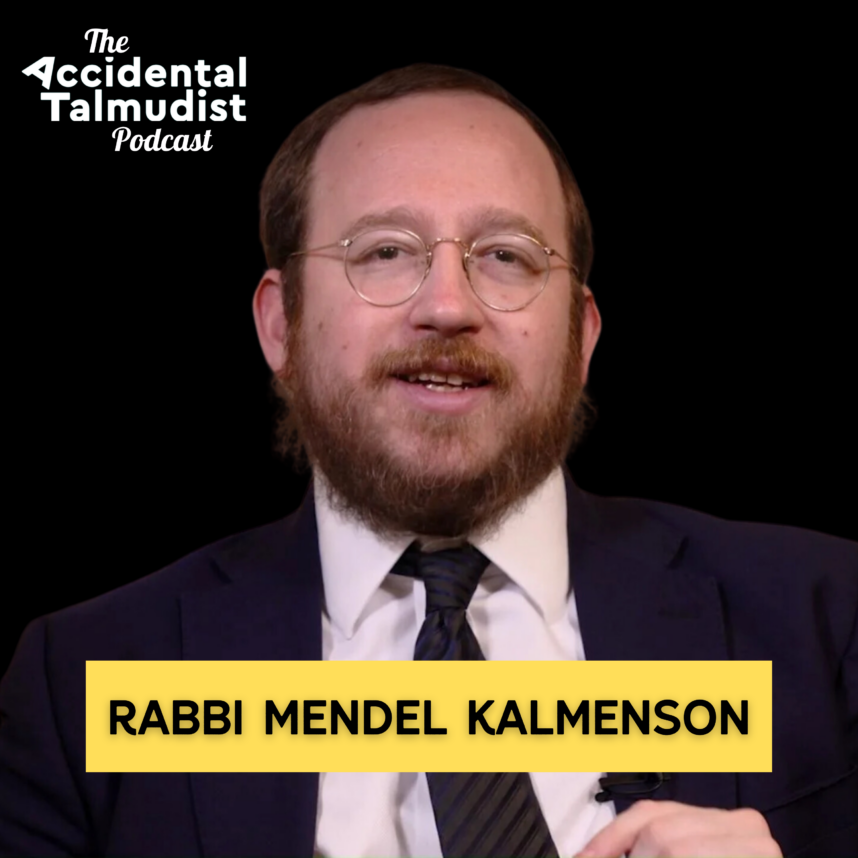

 More news and opinions than at a Shabbat dinner, right in your inbox.
More news and opinions than at a Shabbat dinner, right in your inbox.